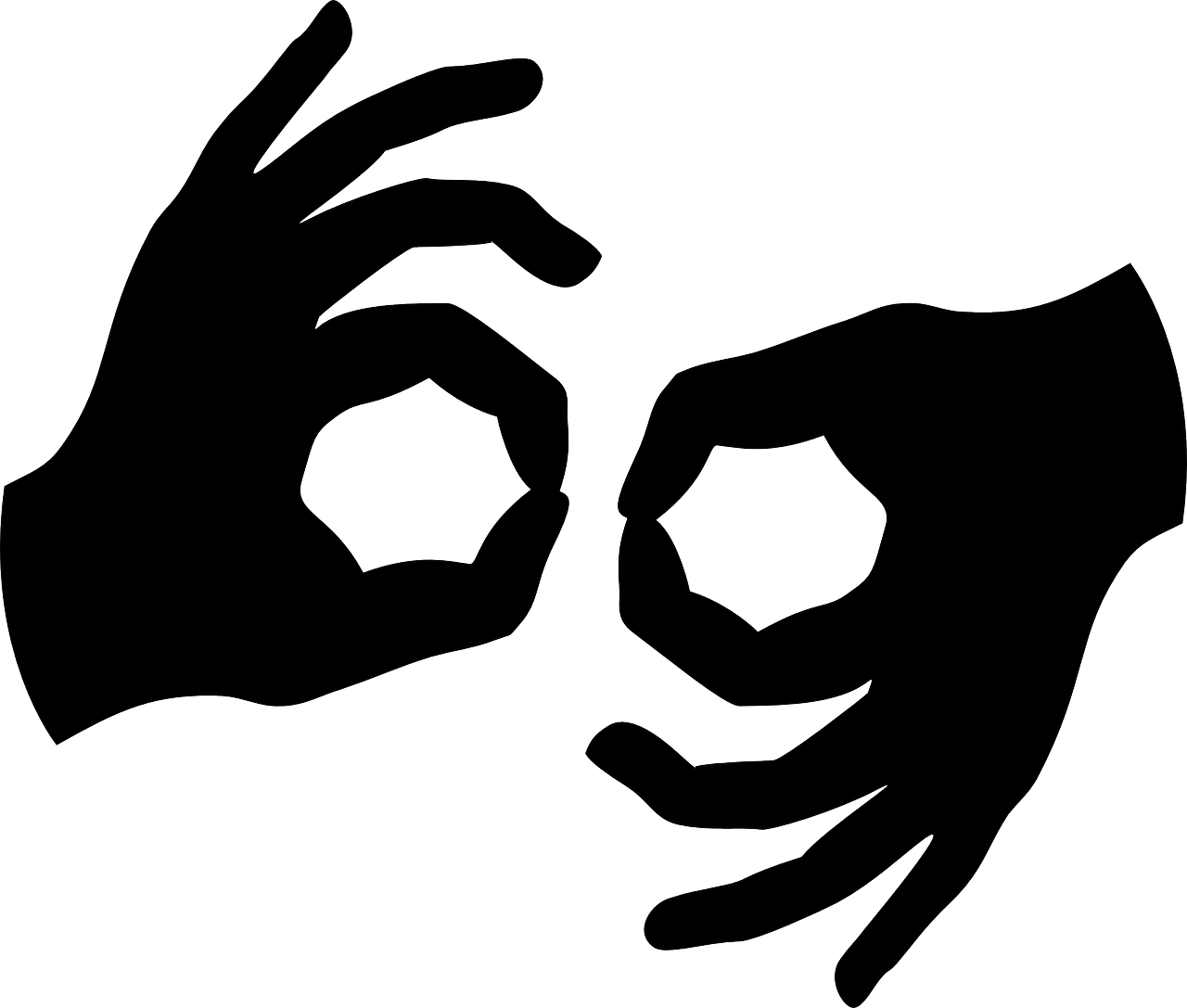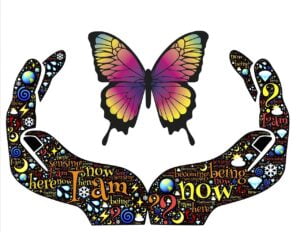Becoming a qualified American Sign Language (ASL) interpreter involves a rigorous journey of education, training, and dedication. The process entails specific courses, practical experience, and adherence to professional standards, paving the way for a fulfilling career in bridging communication gaps between the Deaf and hearing communities.
Education and Training Requirements
Typically, aspiring ASL interpreters pursue a bachelor’s degree in ASL interpretation or a related field, which takes approximately four years. This degree program covers linguistics, interpreting theory, ethics, Deaf culture, and practical interpretation skills. Additionally, aspiring interpreters engage in practicum experiences, internships, and supervised hands-on training to hone their interpreting abilities.
Following the completion of a bachelor’s degree, many individuals opt for a master’s degree in ASL interpretation or a related field. This advanced education, lasting around two years, offers specialized coursework, research opportunities, and advanced training in interpreting techniques.
Professional Certification and Licensure
Upon completing the requisite education, aspiring interpreters pursue professional certification through organizations like the Registry of Interpreters for the Deaf (RID). RID offers various levels of certification, including the National Interpreter Certification (NIC), requiring passing rigorous exams assessing interpreting skills, ethical considerations, and cultural competency.
The Role of ASL Interpreters
ASL interpreters play a pivotal role in various settings, including educational environments, healthcare facilities, legal proceedings, corporate meetings, concerts, and more. They facilitate communication between Deaf individuals and hearing individuals, ensuring effective understanding and access to information. Interpreters adhere to strict ethical guidelines, maintaining confidentiality and impartiality while providing accurate and culturally sensitive interpretation.
In support work, interpreters assist Deaf individuals in daily activities, aiding in communication with service providers, accessing public services, and advocating for their needs. In medical and legal settings, interpreters ensure accurate communication between parties, safeguarding the rights and well-being of Deaf individuals. Additionally, interpreters enable access to entertainment and cultural events, contributing to a more inclusive society.
In conclusion, ASL interpreters undertake extensive education, training, and certification to bridge communication gaps and facilitate understanding between the Deaf and hearing worlds. Their diverse roles across various settings underscore the vital contributions they make in ensuring equal access to information and services for the Deaf community, fostering inclusivity and understanding in our society.



